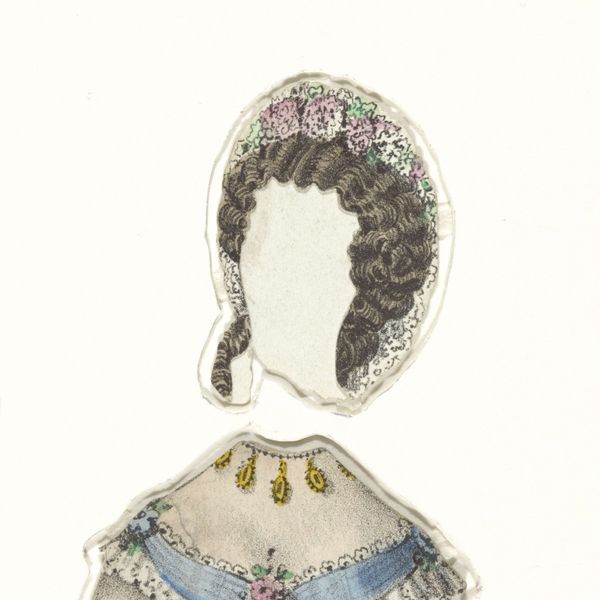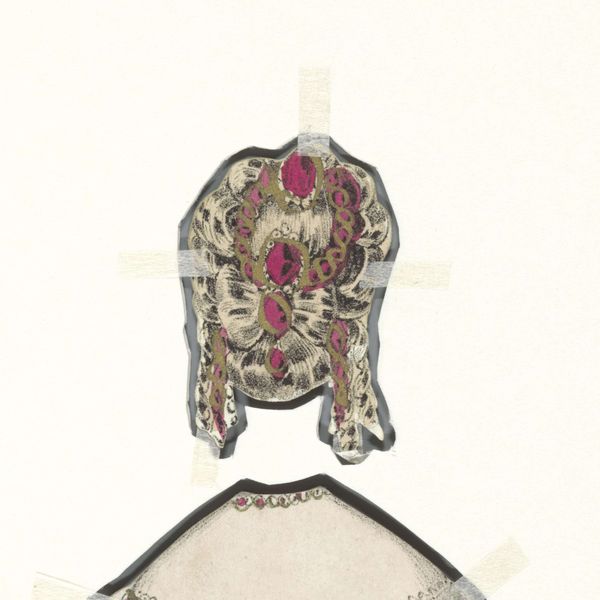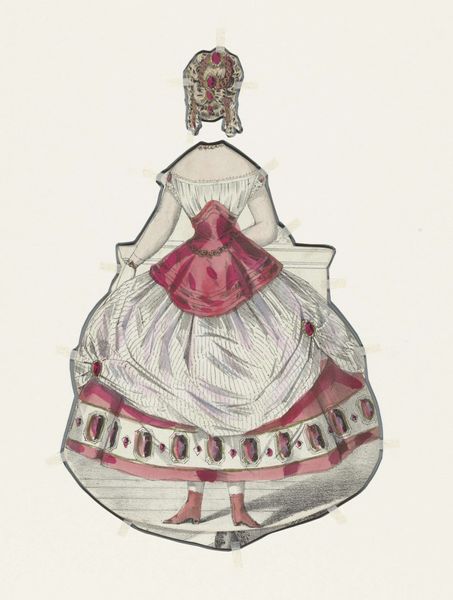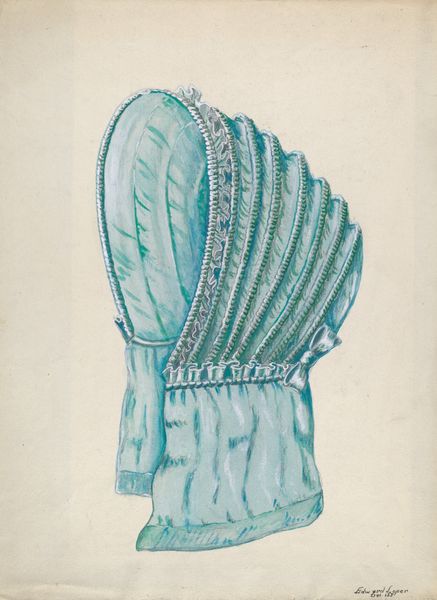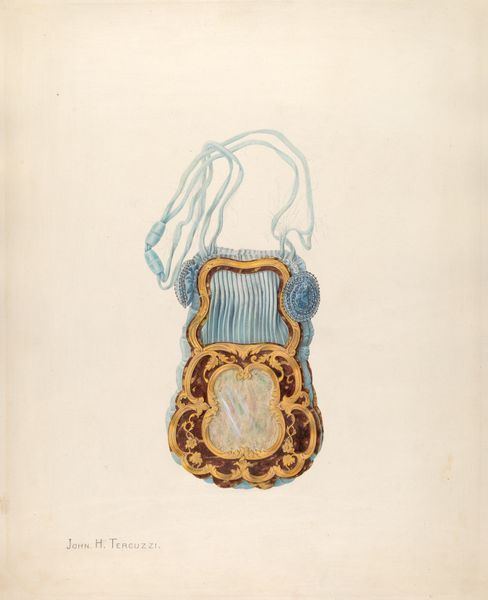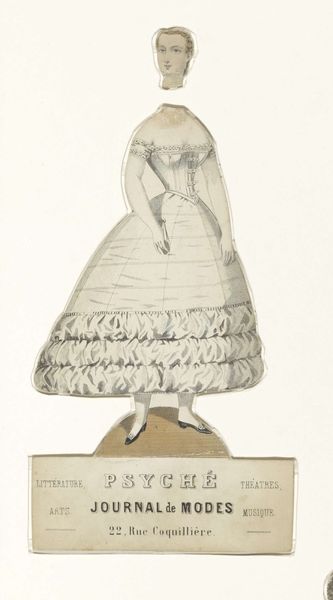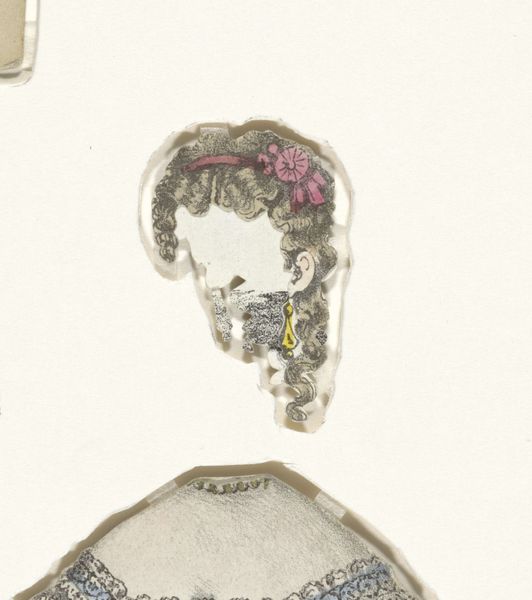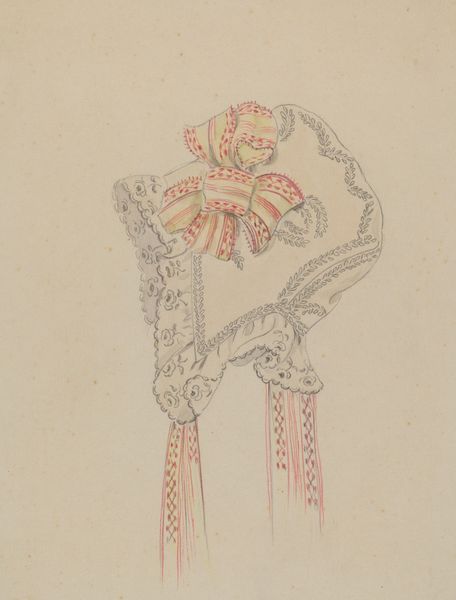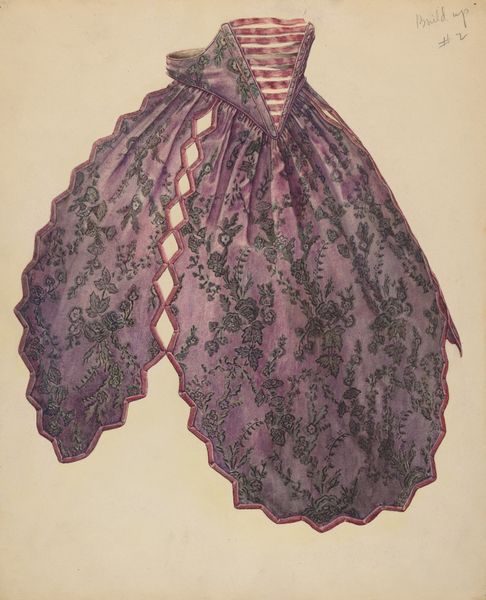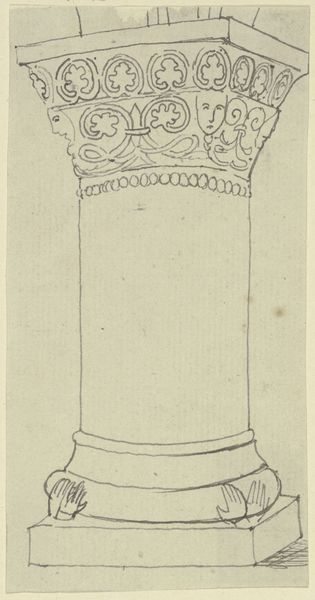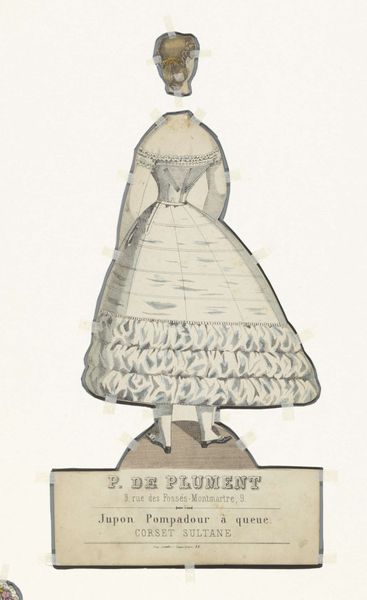
drawing, pencil
#
portrait
#
drawing
#
pencil sketch
#
etching
#
pencil drawing
#
pencil
#
history-painting
Dimensions: height 37 mm, width 25 mm
Copyright: Rijks Museum: Open Domain
Editor: This is "Kapsel voor een uitknippop," a pencil drawing made sometime between 1825 and 1875 by an anonymous artist. The style is reminiscent of a historical portrait. What strikes me most is how fragmented it appears, like pieces of a puzzle. What do you see in this piece, looking at it from a historical context? Curator: This fragmented quality speaks volumes, I think. The history of portraiture is intertwined with power and representation. Initially, portraiture was only available to the elite classes, to cement the image that the portrayed wanted to offer to society. But as society progressed, the opportunity to depict and represent extended to more demographics. Editor: That's interesting. Does this incompleteness, its use as a cut-out, imply something about access to portraiture at the time, then? Is it suggesting some sort of class barrier? Curator: Precisely. The idea of a cut-out, something easily reproduced and disseminated, challenges the traditional exclusivity of portraiture. Perhaps it's a subtle commentary on the democratization of imagery, or even the commodification of identity. Were you able to afford a painting? You can still recreate one of the members of nobility with a fun toy! What kind of politics were they aiming for by selling a noble kit? Editor: I hadn’t thought about the commercial aspect so directly. So this connects not only to the art world, but to broader historical shifts in society's understanding of class, doesn't it? Thanks for sharing this insight! Curator: Absolutely. Art is never created in a vacuum; it is the visual manifestation of those movements. Understanding that history is key to really see an artwork for what it is. It gives a better context to really allow a deep understanding and immersion with Art!
Comments
No comments
Be the first to comment and join the conversation on the ultimate creative platform.
